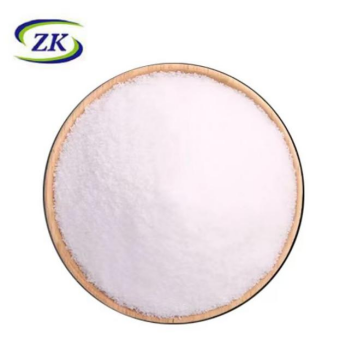
Polyacrylamide (PAM) is a linear, water-soluble polymer formed from the polymerization of acrylamide monomers. It exhibits flocculating, bonding and drag-reducing properties and is widely used in water treatment, oil extraction, papermaking, textiles, agriculture, and other fields.
Physical Properties
Appearance: White or slightly yellow powder with a particle size less than 4mm.
Solubility: Freely soluble in water, insoluble in organic solvents such as benzene, ether, and esters.
Density: 1.302 g/mL (23°C).
Hygroscopicity: The solid product is hygroscopic, increasing with increasing ionicity.
Chemical Properties
Thermal Stability: Stable below 100°C. Decompose and produce nitrogen gas above 150°C and the molecular chain undergoes imidization, rendering it insoluble in water.
Hydrolysis: At pH > 10, it readily hydrolyzes to form a semi-reticular structure, significantly enhancing its thickening effect.
Mechanism of Action: Flocculation is achieved through charge neutralization and bridging adsorption. Polar groups adsorb particles and promote the formation of a dispersed phase network structure.
Applications
Water Treatment: Used for treating inorganic suspensions, such as coal slurry sedimentation and tailings recovery.
Petroleum Extraction: Improve oil recovery efficiency and reduce well blockage.
Papermaking: Enhance paper strength and improve fiber dispersion.
Textiles: Used as a sizing additive to improve yarn quality.
Agriculture: Improve soil structure and increase fertilizer utilization.
Product Types
By Ionic Properties: Nonionic, anionic, cationic, and zwitterionic.

